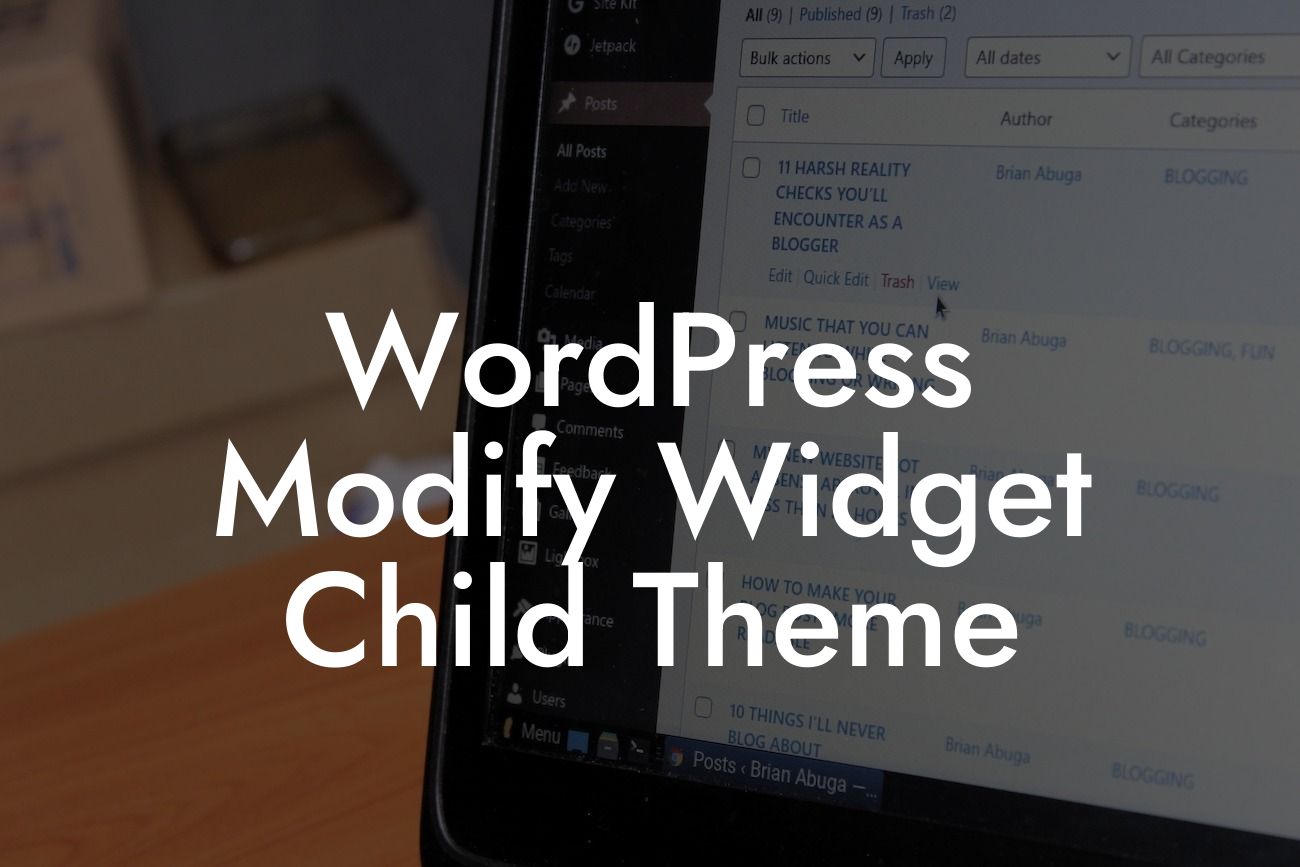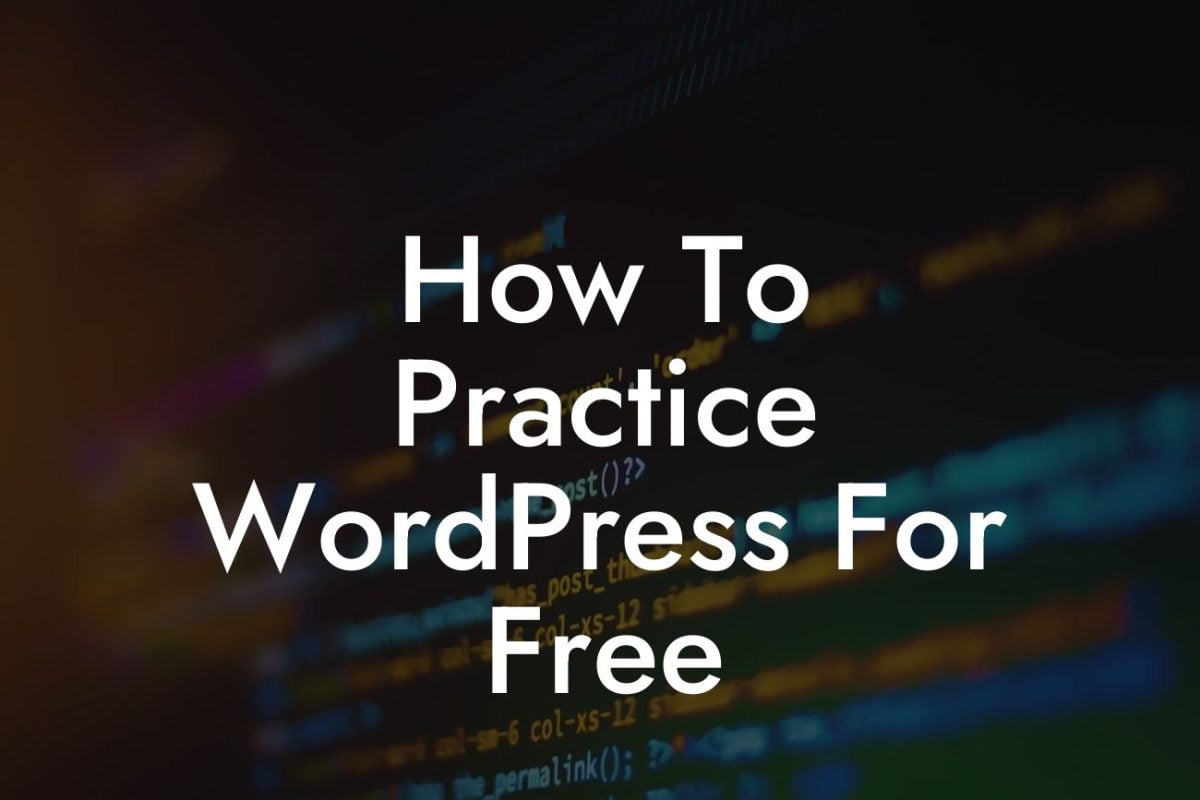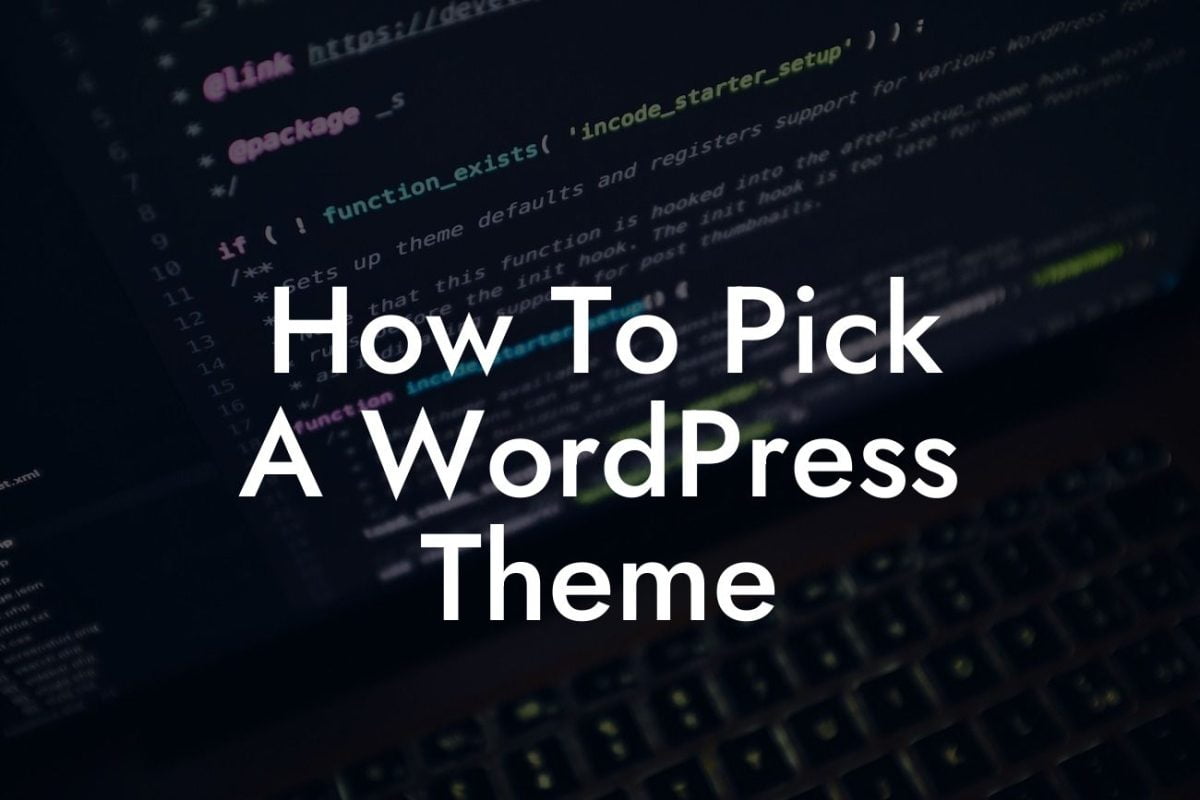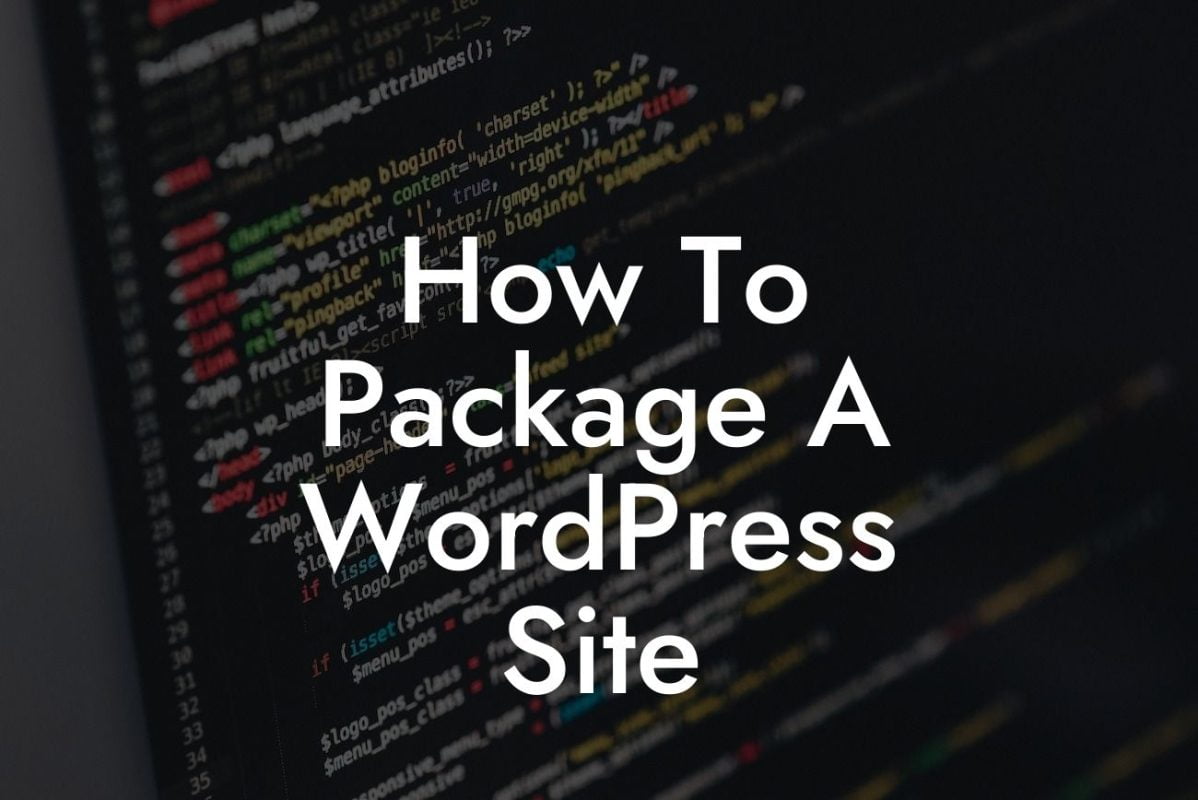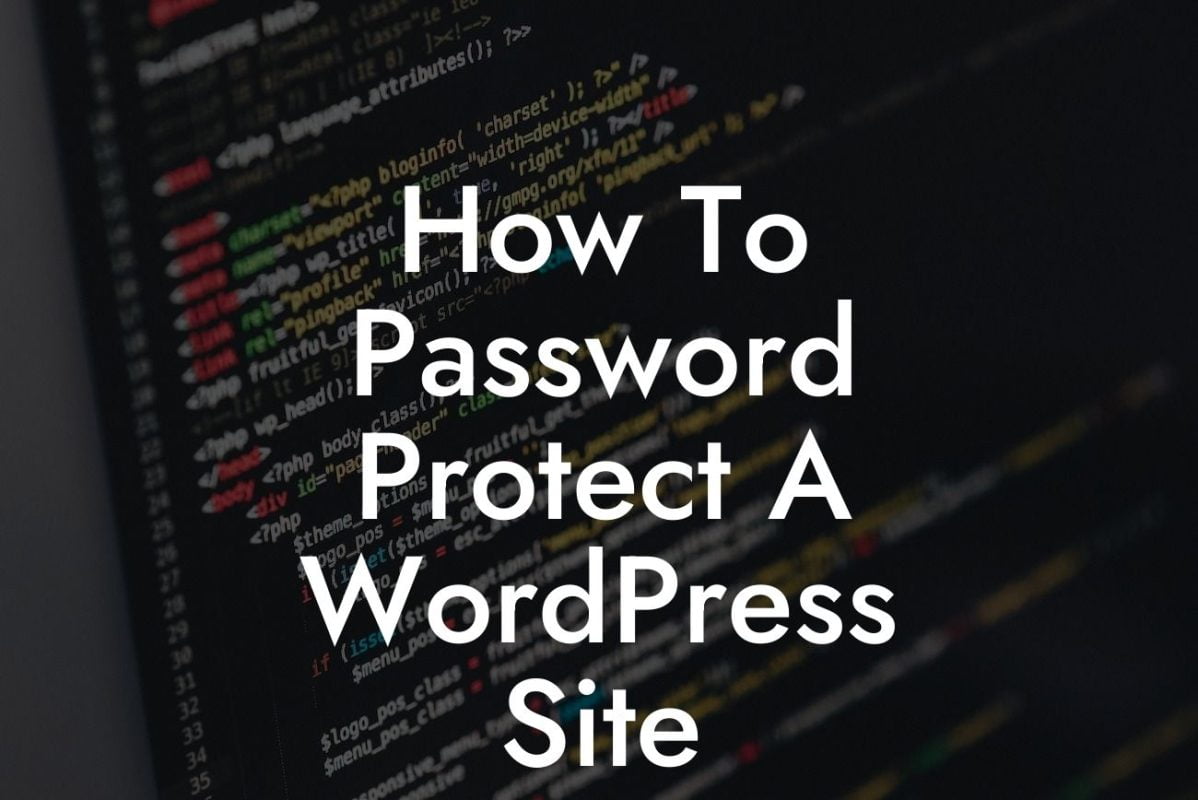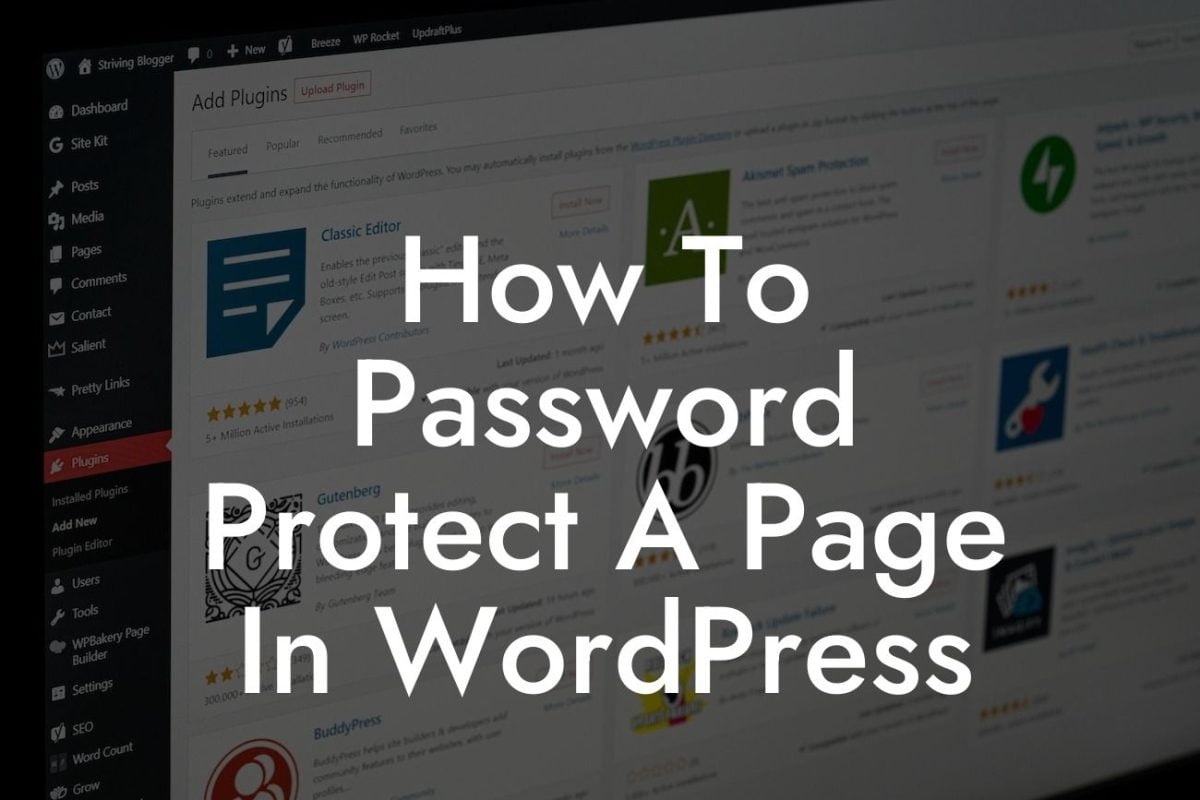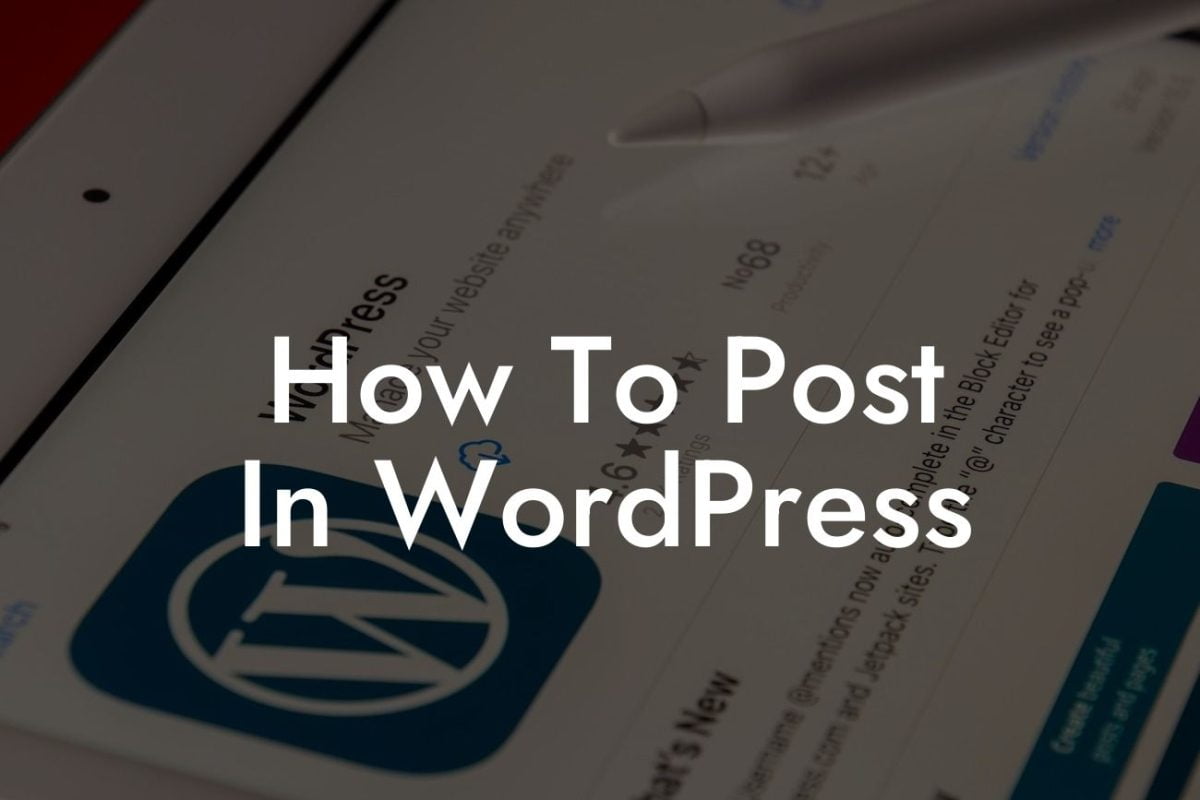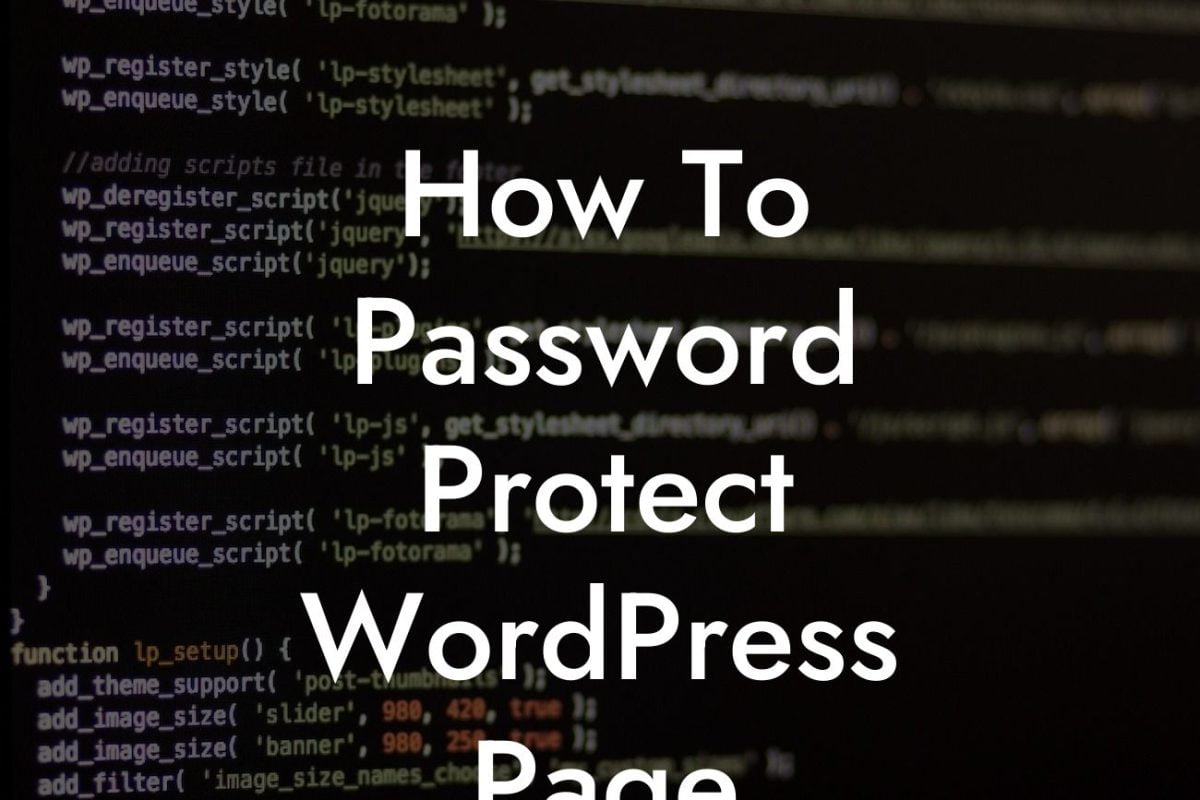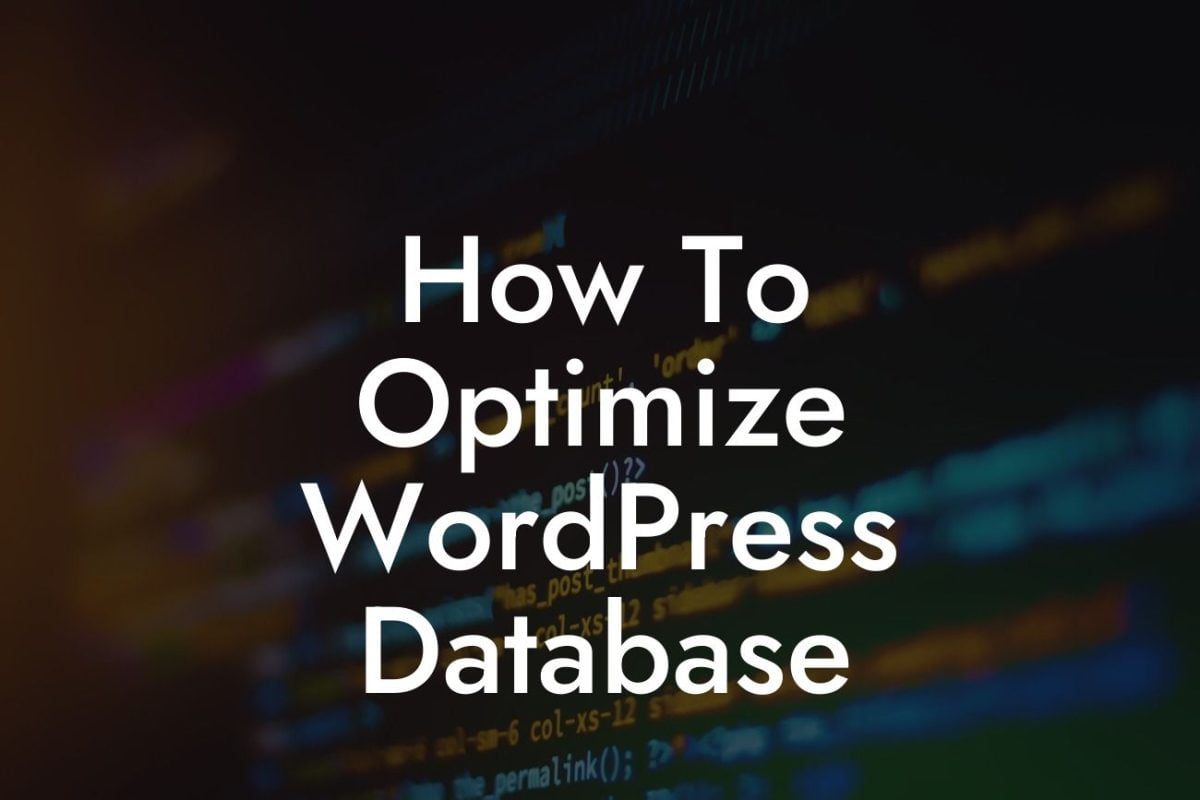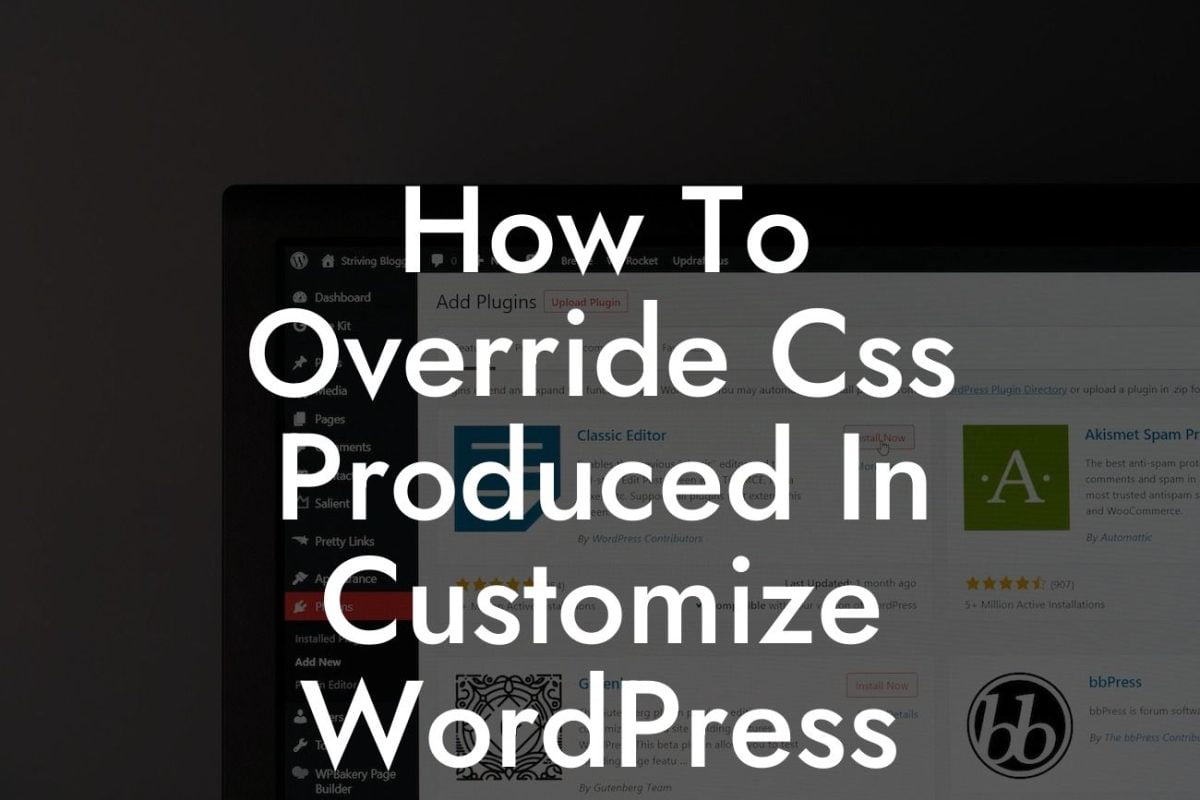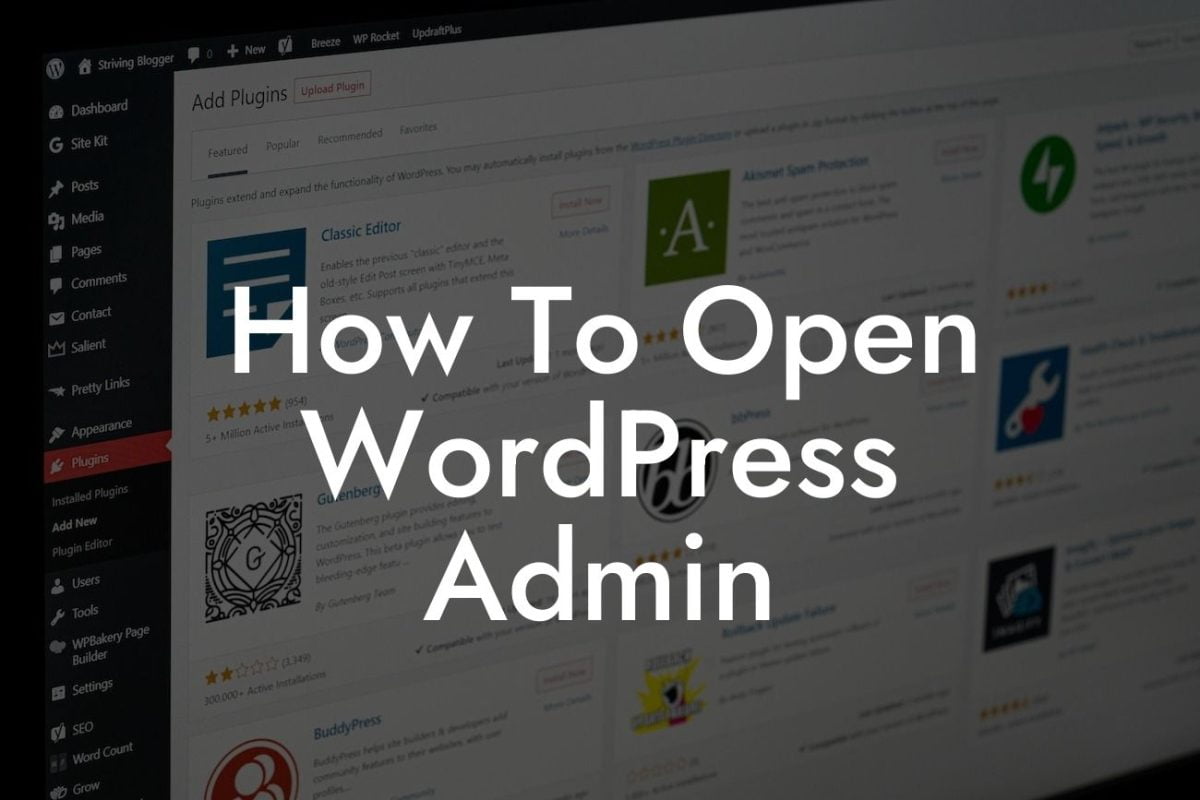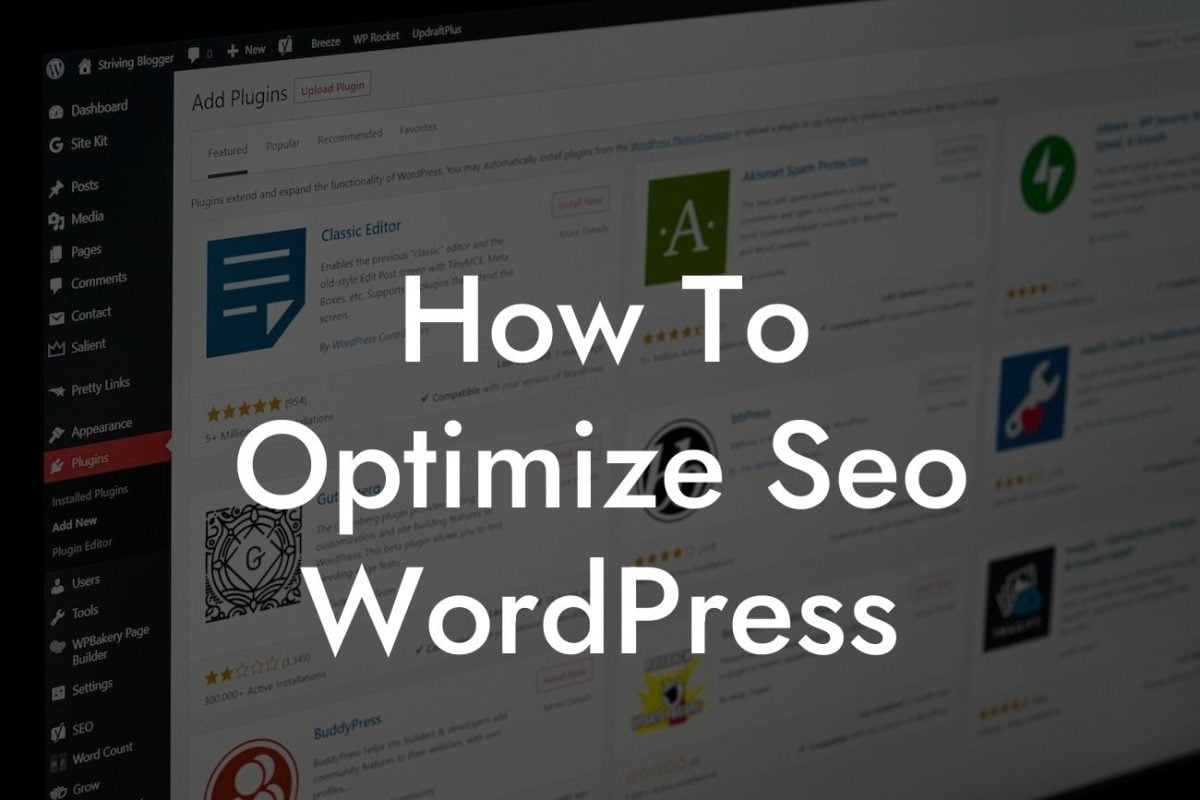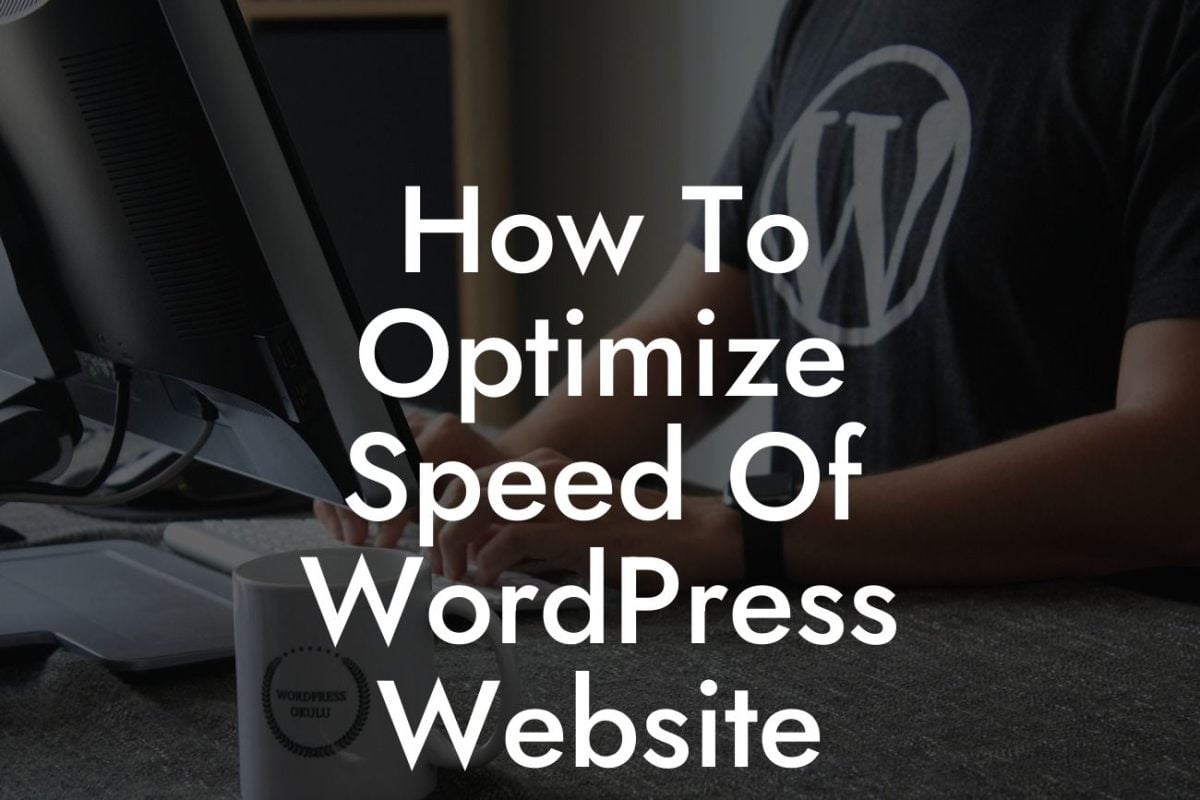WordPress is the go-to platform for small businesses and entrepreneurs looking to establish a strong online presence. Its flexibility and user-friendly interface make it an ideal choice for building and managing websites. One of the standout features of WordPress is its extensive collection of plugins that enhance functionality and customize the user experience. In this article, we will focus on modifying a widget using a child theme, empowering you to take your website customization to the next level.
Modifying a widget in WordPress can be a game-changer when it comes to shaping your website to suit your unique brand identity. By customizing widgets, you can add specific functionality, style elements, or even create entirely new types of widgets. Here's a step-by-step guide to help you get started:
1. Engage with Child Themes:
Utilizing a child theme is crucial because it allows you to make changes to your website without affecting the original theme's core files. This provides a safe and efficient way to modify widgets and other elements without risking the loss of your modifications during theme updates.
2. Identify the Widget You Want to Modify:
Looking For a Custom QuickBook Integration?
Begin by identifying the widget you want to modify. Navigate to the Appearance > Widgets section in your WordPress dashboard. Here, you'll find a list of available widgets and their respective widget areas. Choose the widget you wish to customize.
3. Create a Child Theme:
If you haven't already, create a child theme for your WordPress website. This can be done manually or by using a plugin such as Child Theme Configurator. Activate the child theme to ensure all modifications are made within its framework.
4. Modify Widget Code:
To modify the widget, locate the appropriate widget code in your child theme's functions.php file. You can find the code under the Widget Areas section. If the widget does not exist, you can add it using the register_sidebar function.
5. Customize Widget Appearance and Functionality:
Once you have located the widget code, it's time to customize its appearance and functionality. You can add CSS styles or additional HTML elements to modify the widget's design. If you're looking to enhance functionality, you can add PHP code to extend the widget's capabilities. Remember to test the modifications thoroughly before implementing them on your live website.
Wordpress Modify Widget Child Theme Example:
Let's imagine you have a WordPress website for a clothing store, and you want to modify the default "Recent Products" widget to showcase products from a specific category. With the help of a child theme, you can easily customize the widget and add a filter based on your desired category. This customization will give your website a unique touch, allowing customers to discover new products in a more targeted manner.
By mastering the art of modifying widgets using a child theme, you unlock limitless possibilities for customization on your WordPress website. DamnWoo is here to support you in your journey towards elevating your online presence. Explore our range of awesome WordPress plugins specifically designed for small businesses and entrepreneurs. Don't forget to share this article with others and discover more guides on DamnWoo to supercharge your success.
In conclusion, modifying widgets through child themes empowers you to tailor your WordPress website according to your specific needs. With patience and practice, the customization potential becomes virtually limitless. Start experimenting today and witness the transformation of your online presence.

